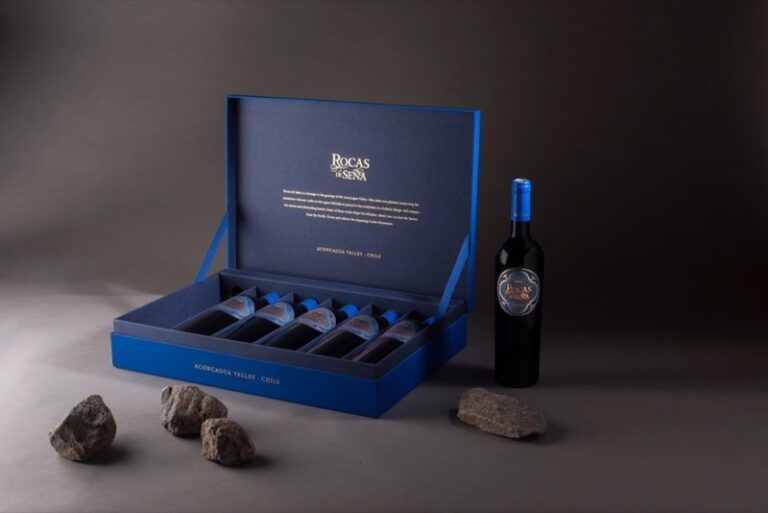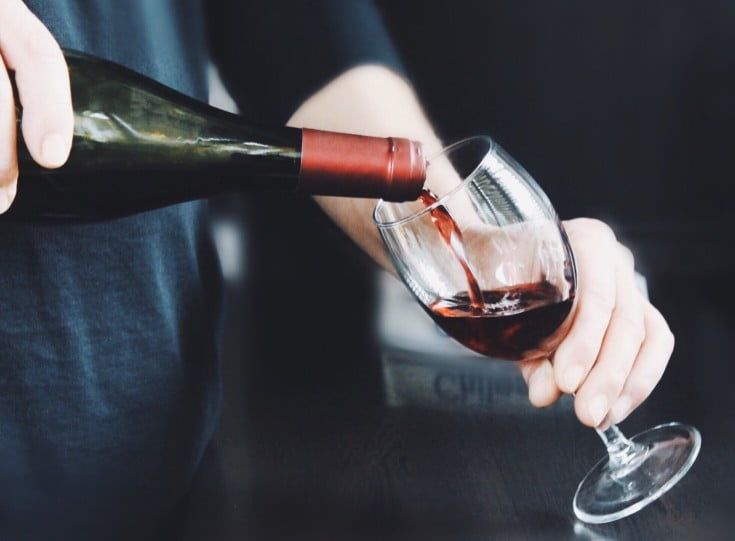Interested in making the most of your wine tasting experience?
Here are a few easy steps to enhance your wine tasting adventure:
Tasting wine is about knowing the wine. Keep in mind that wine has a unique taste, and each wine has its very own characteristics. Wine can be very rich and complex, and in order to fully appreciate it, you need to taste it properly. The true essence of wine tasting is to be able to identify the wine and get its true flavor. Every wine is different in flavor.
The basics of wine tasting are easy. You don’t need any formal training and anyone can enjoy the experience. Always make sure that you have room temperature water, in order to cleanse your pallet in between tasting each wine.
Wine should be served in a stem glass. This way, you can hold the glass by the stem, while wine tasting. You want to avoid holding the glass by the palm of your hand. Oftentimes, this can warm up the wine and change the sample.
Start by looking at the color of the wine. The stemmed glasses should always be clean and clear, in order for you to see the wine and be able to look at it objectively. While looking at the wine, keep in mind that you will see many different colors. Not all wines are truly red or white. Red isn’t always a perfect red. Older reds tend to be a little lighter in color. White wines may have a yellow, green or even brown tinge.
While looking at the color, try and have a white background. This allows you to see the true color. If the wine is purplish in color, this indicates that the wine is young. If it is brownish in color, it means that the wine is an older wine.
Smelling the wine is the next step. Twirl the wine around in the glass, to air it. Take a deep breath through your nostril to smell the fragrance. By swirling the wine, you are releasing many flavors. Keep in mind that many wines have been bottled for many years.
When you smell the wine, you may detect fruit, flower, spice, wood or any earth essence. There are many smells that you may detect. Keep an open mind and remember that no observation is incorrect.
The third step is to evaluate your wine’s taste or palate. Sip a small amount of your wine. Do no swallow. Allow the wine to roll around inside your mouth for a few seconds, allowing you to detect its flavors. You may want to introduce some air into your mouth, to further bring out more aroma and flavor. You will want to note the acidity, which is indicated by the watering of your mouth when acid is present.
The tannin and body of the wine and the sweetness are the other qualities to note during the tasting. The tannin refers to the dryness or the drying sensation you taste. The body is indicated by the weight of the wine on your palate. The sweetness of a wine is actually controlled by the amounts of acid, alcohol and tannins present. Generally, the higher the alcohol, the sweeter the wine will taste. Sweet wines can taste fruity or not. Dry wines with low levels of sugar and no noticeable sweetness can still be fruity.
Too much acid can make the wine taste sharp and or tart. Too little acid will make it flat and un-refreshing.
Too much alcohol will make it overly sweet, hot and biting as it is swallowed.
Too many tannins will make your mouth pucker. Tannins give wine its body and generally soften as wine ages.
The body of your wine is how it feels in your mouth. Wine will be light, medium or full bodied.
Finally, you will want to evaluate the wines finish. This is the sensation left in your mouth after swallowing. The longer the flavor lingers, the longer the finish.
Generally, wineries will have a receptacle available for wine to be spit out into. You may want to spit out wine because it is unpleasant, or because swallowing numerous wines may begin to cloud your judgment.
Additional tips to keep in mind. Don’t sample more than six to eight glasses per tasting, as many more will tire the palate and cause you to lose focus. Avoid wearing perfume, so that it does not overpower the aromas of the wine. Try and go tasting after eating something, this way you won’t get intoxicated, which could spoil the tasting experience for you.
In no time, you will discover what you like and what you don’t. It will take months, or maybe years to fully detect the subtle variation in all types of wine. For the average wine drinker, this information is a good place to start.
By experiencing wine tasting and exploring as many wineries as you can, you will improve your pallet. It won’t be long before you will be able to identify the many characteristics of wine that you taste. Most likely, you will have a favorite; however, don’t limit yourself because of this. Always try something new that you have not tried…you never know, you may just discover a new wine that you may have passed up.











